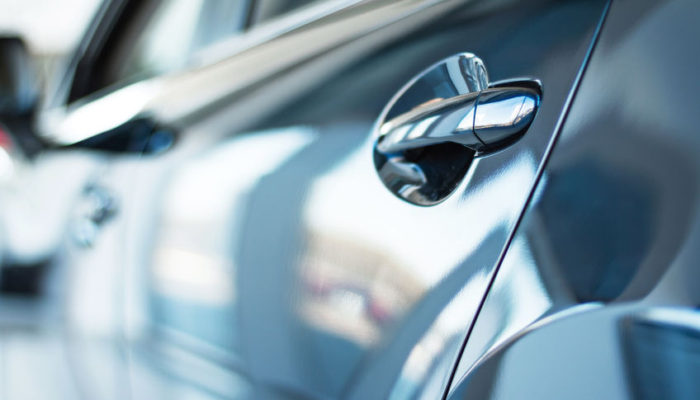With so much media attention on drunk driving and other controversial accidents, it can be easy to forget that many dangers are right in your own home. According to WebMD, household accidents kill twenty thousand Americans every year. Another seven million people are injured in household accidents and require twenty million hospital trips annually. Many homeowners fail to realize the scope of the safety problem, simply because commonplace household accidents receive little – if any – media coverage. Nonetheless, these common accidents devastate thousands of American families every year.
The good news is that homeowners can take control of dangers hidden throughout the house and improve household safety dramatically. With effective preventative measures, the risk of sustaining a household accident can be reduced. And when household accidents do occur, injury victims have the right to be compensated by a homeowner’s insurance carrier. An experienced Arizona personal injury attorney can help ensure that you, your family, and any injured guests receive the compensation you deserve.
How You Can Perform a Safety Check of Your Home
Carol Runyan, the director of injury prevention research at the University of North Carolina at Chapel Hill, has identified the most common household accidents found by UNC researchers:
- Falls were the most common type of household accident. Homeowners can improve safety and reduce the risk of falls by keeping heavily-trafficked areas of the home free of debris. Perform regular inspections of walkways, and pay particular attention to rugs, which tend to bunch and skid. Elderly homeowners should also ensure that grab bars and other support structures are installed by toilets, showers, tubs, and other areas with a high potential for falls.
- Poisonings were the next most common risk. Surprisingly, the research found that these were not just accidental ingestion of poisons by small children, but also many instances of adults mixing prescription and/or illegal drugs. Homeowners should ensure that all medication is inaccessible to children and teens. Old medications should be disposed of appropriately. Be alert to any warning signs of a substance abuse problem from adult family members, so that medications can be restricted appropriately.
- Fires are also a major factor in household accidents. Homeowners should regularly inspect their smoke detectors, carbon monoxide detectors, and heating systems. All heating elements should be free of debris – especially flammable lint and dust. Open flames should never be left unattended. Set candles on a sturdy surface away from curtains and other fabric. Ensure that pets and children cannot accidentally knock them over. Take particular caution with Halloween jack-o-lanterns. Use safer alternatives – such as flashlights, glow-sticks, or battery powered LED candles – whenever possible.
The Right Representation for Your Family’s Legal Rights
Consult an experienced Arizona personal injury attorney as soon as possible after any household accident. You and your family have the legal right to be compensated for household injuries through your homeowners’ insurance policy, and sometimes, it takes an aggressive attorney to enforce this right. Schedule your free consultation with the Fite Law Group by calling (602) 368-1869, or sending an email to [email protected]. Our experienced attorneys will ensure that you receive full and fair compensation for your injuries.





